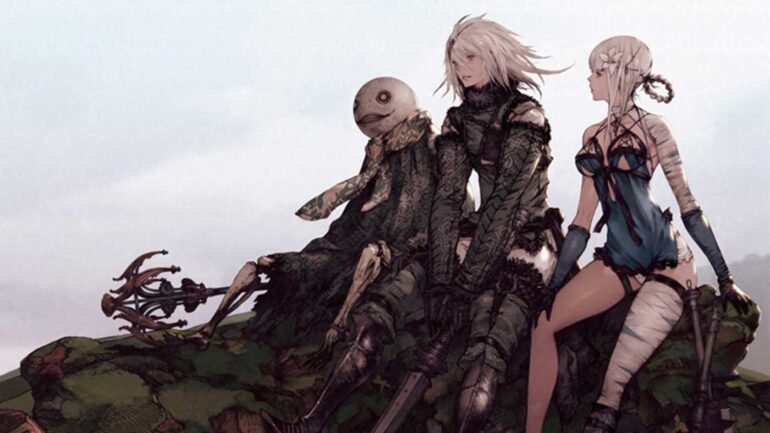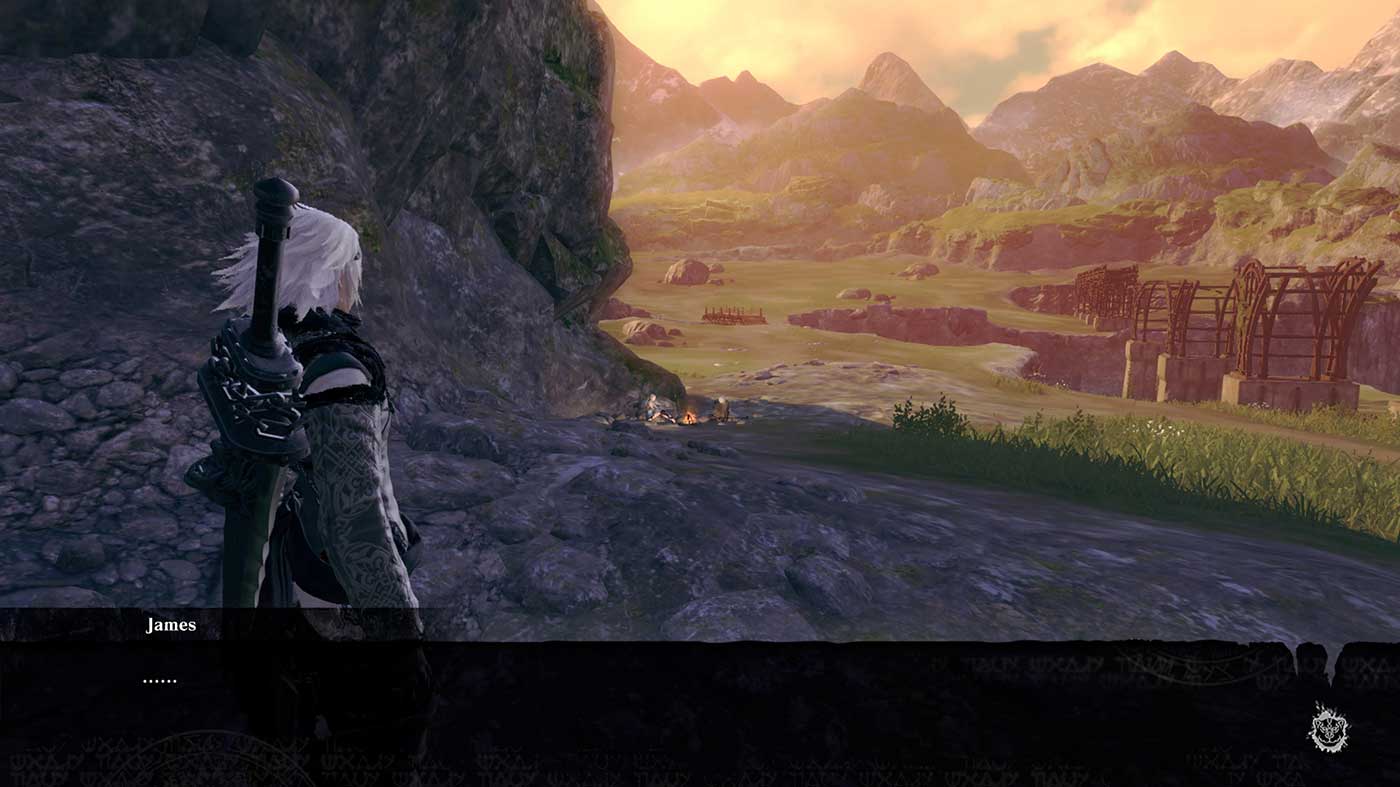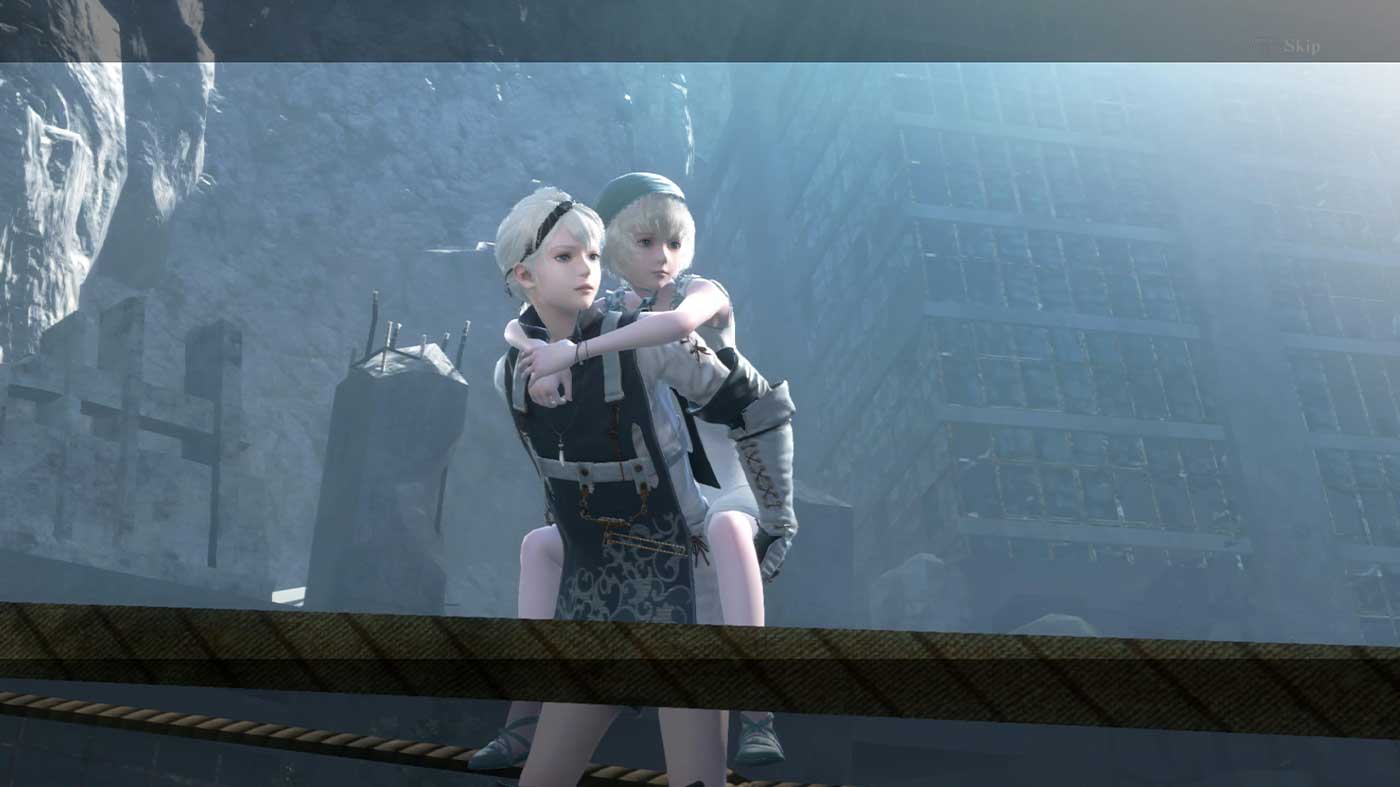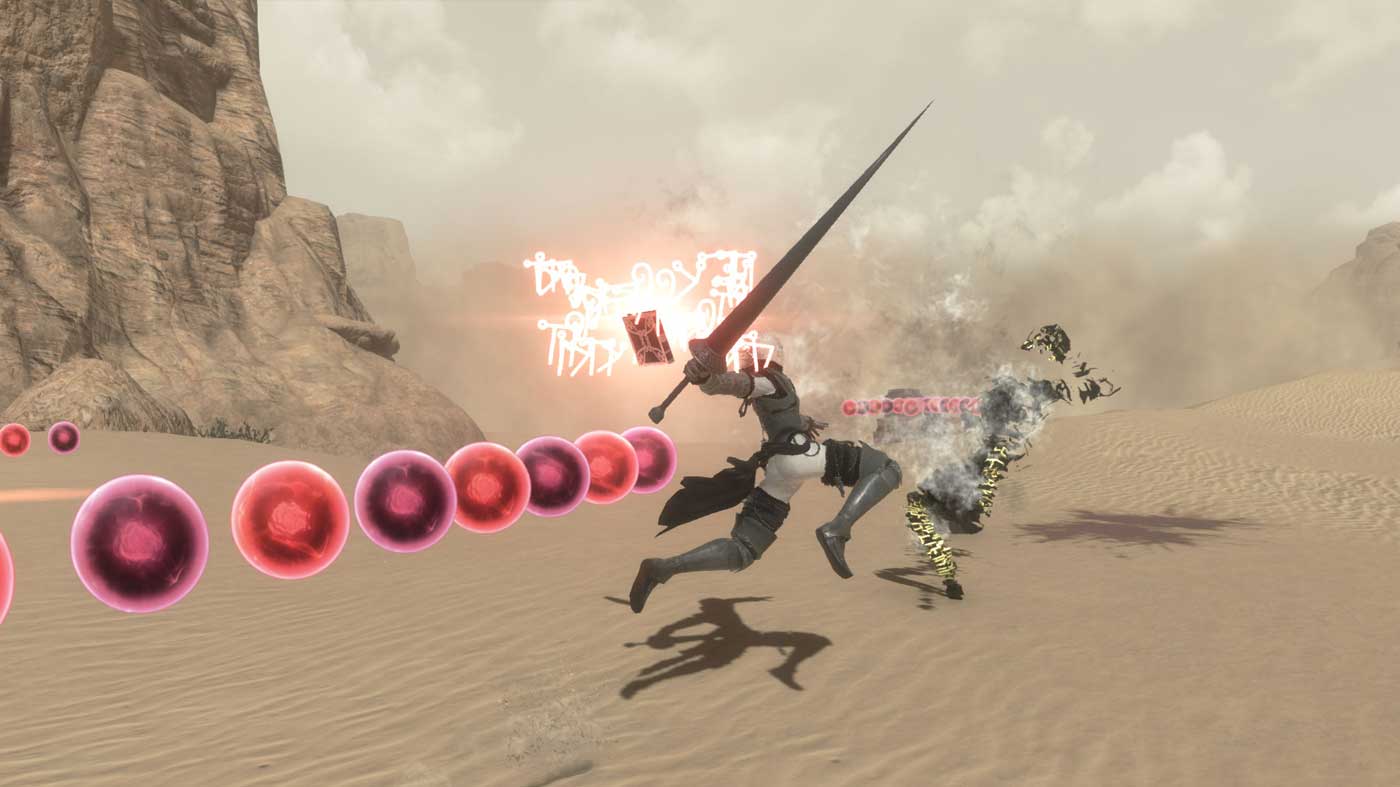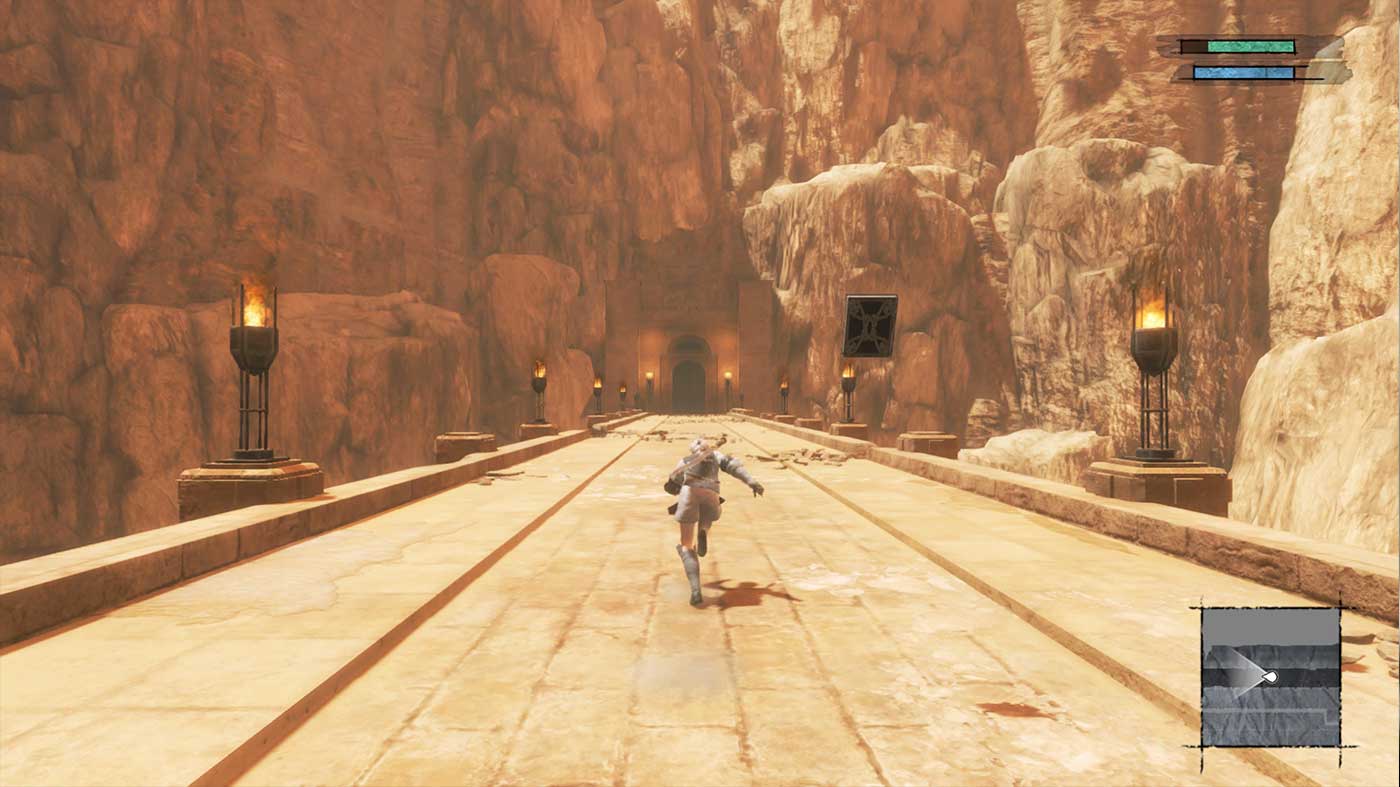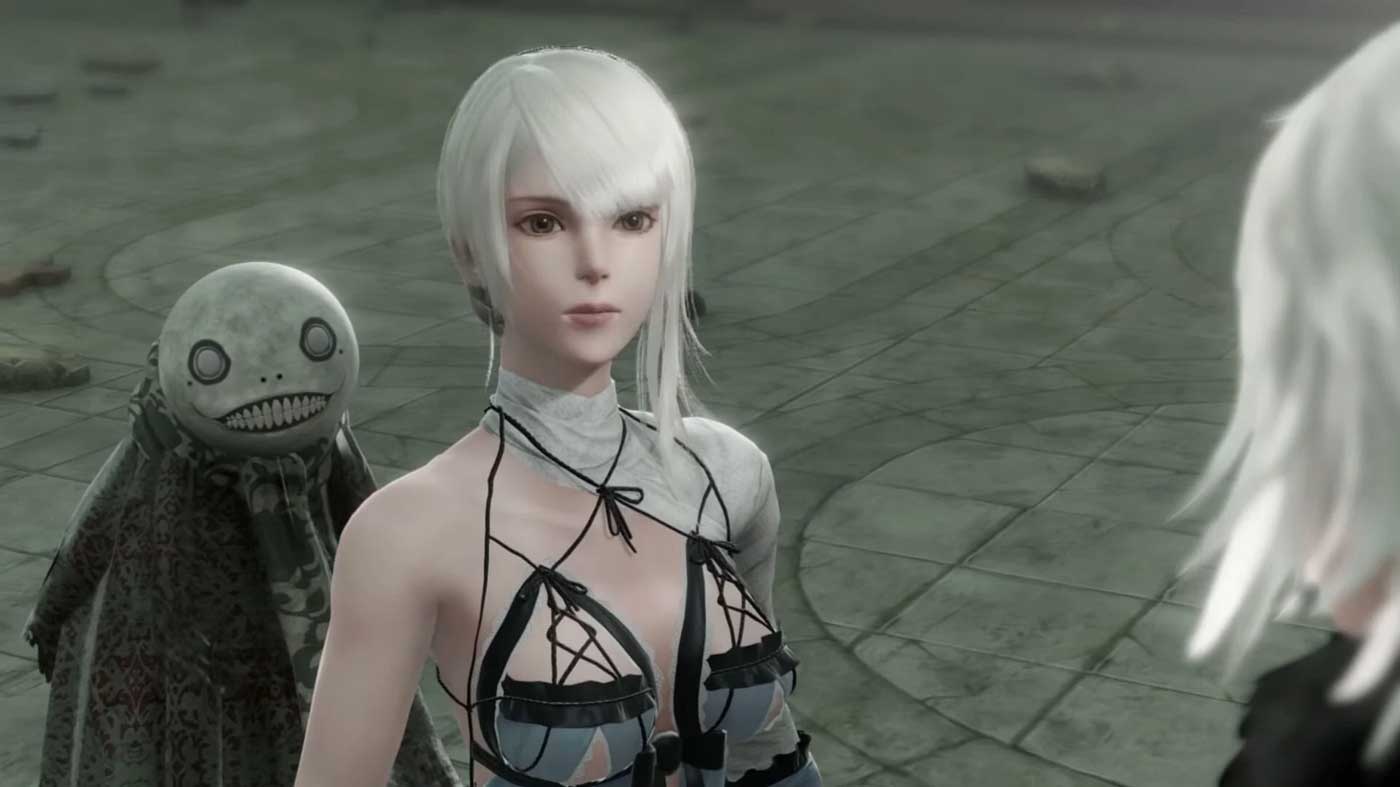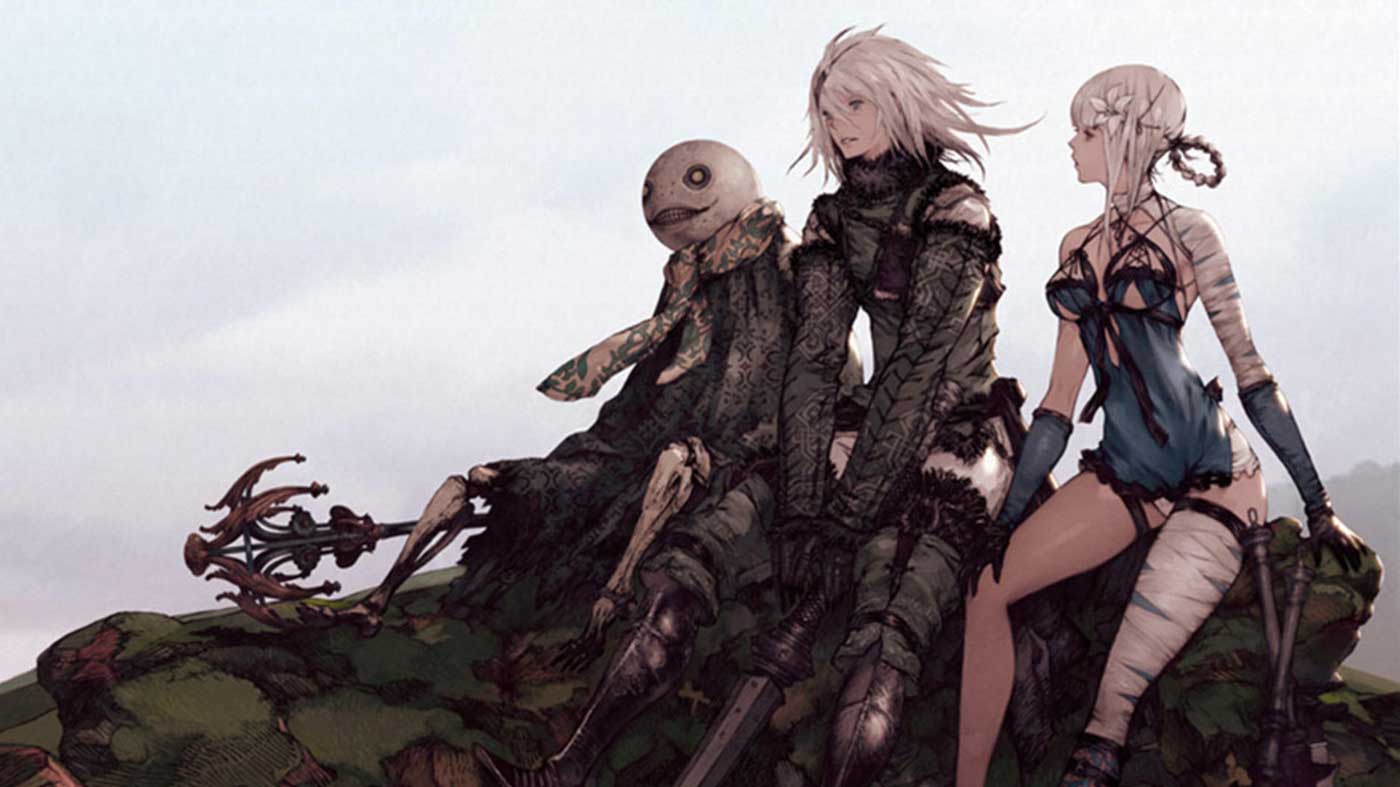The original NieR is one of those games that best demonstrates that a killer story can exist without stellar gameplay. When I first played it over a decade ago, I found macabre enjoyment in how bleak and depressing it was. Then, on a second playthrough, how it recontextualised everything. It was a tall ask back then, admittedly. Still, it prepared me perfectly for NieR Automata and its non-conventional ending.
Returning to NieR, especially in a post-Automata world, it’s clear that the original NieR hasn’t aged well. With NieR Replicant ver.1.22474487139…, an attempt is made to bring the game up to speed with all the advancements that Automata brought. Is it a successful attempt? Mostly. And I’d go as far as to say it’s eclipsed Automata in some respects as well.
NieR Replicant opens with our protagonist, who is only known as Nier, defending his sister against a group of enemies known as Shades. His sister is sick – infected with the same disease that has wiped out most of humanity in a cataclysmic event. Following this vague prologue, the story skips ahead a thousand years. Don’t worry – it’ll make sense, and it’s not what you expect either. Nier lives in a quaint little village with his sister and sets out to look for the rumoured cure to his sister’s condition. It’s at that point where the true adventure begins.
The crowning achievement of NieR was its story. Two years before Spec Ops: The Line was praised for its commentary on violence in video games. NieR offered up an interesting comment on the same topic. While more abstract than, say, Spec Ops, but more approachable than Automata, it’s hard to fault what NieR tries to do. More importantly – in an improvement over Automata – the characters are all compelling to the point where you can’t help but invest in all of them. It’s a great story from beginning to end, and while it’s wildly depressing, it still hits the mark a decade on.
Given this is a reissue of the original Japanese release, you’ll notice something different about Replicant. You play as the brother to Yonah and not the father, as seen in the initial release outside of Japan. I was hesitant to accept this change, but the way it all plays out makes me realise this is really how the game is meant to be experienced.
With so much hesitancy to call NieR Replicant a complete remake from the developers themselves, it’s hard to distinguish just what NieR Replicant ver.1.22474487139… is. Essentially, the package brings together literally everything in the original release, including downloadable content. But there are some new quests and routes that fans will appreciate – though I won’t spoil them here. Rest assured – even if you played the original game, ver.1.22474487139… is worth your time.
From the get-go, the most apparent change is the way the combat flows. Replicant rebuilds the original game into a flashier, showier action game in a similar vein to Automata. It’s fast but still simple enough that it doesn’t betray the spirit of the original game. Combat is faster and snappier – you can even quickly switch between weapons without a menu as well as charge magic mid-combo now. Jumping feels more natural, and as a result, platforming is a little bit (only a little) less frustrating. It still feels as simple as the original NieR was but modernised.
But what NieR does best highlights its creators’ love for videogames. There’s a lot of different types of games crammed into NieR. The game’s overall structure is typical Zelda, while the side-questing and upgrade system feels straight out of any RPG made in the last few decades. There’s a fixed-camera exploration of a creepy mansion with a lab underneath it, just like Resident Evil. Said lab quickly pivots to a Diablo-esque dungeon crawl. Even a text-based adventure is hidden within a forest of trees. There’s a wildly eclectic mix of gameplay styles crammed in here, and they’re not only enjoyable but memorable too.
To this day, the most unique aspect of NieR is the way it handles its story. Much like Automata, the entire plot isn’t unveiled to players without completing the game multiple times. It might sound tedious – and anyone who’s played Automata can perhaps attest to how tedious it could be – but it’s better executed here. For one, the brevity of this game’s second half means subsequent replays are less of a bother. It’s still going to put some players off; having to replay the story to get the whole story, but finishing the game just once feels satisfying too.
When you’re not playing the main questline, though, there are over 70 side quests to engage in. In recent years, optional content in games has evolved to the point where it’s often indistinguishable from content you’d find in the main questline. But in NieR’s case, this is one area where the game feels a little bit of its time – they’re repetitive and rarely consequential. Even worse is the grind to upgrade weapons. Though the fan in me enjoyed how the unlocked weapon stories tied the world of NieR to the games it’s spun off of.
Often when any reissue of a game comes along, there’s controversy about the presentation. NieR Replicant is no different. While obviously upgraded on a technical scale – the resolution is tripled and framerate doubled – the game’s change in art direction is bound to divide. Irrespective of the latter, NieR Replicant is without doubt miles ahead of the original technically speaking.
But with the cleaning up of the visuals comes a change in art direction. The original game had a dirty, grimy look to it that was impossibly imperfect but lent itself well to the bleak and depressive atmosphere the game was trying to create. With ver.1.22474487139…, draw distances are more significant, and character models are changed, removing a lot of that moody atmosphere. I personally didn’t mind – the game looks like it belongs in the same series as Automata now, but it’s bound to annoy some purists.
What did annoy me though is that in cutscenes, the framerate is essentially halved. I’m not sure if this is a stylistic choice, but given how smooth the framerate is in main gameplay, it’s very jarring to switch.
The other contentious issue that seems to be alarming fans of the original is the soundtrack. Keiichi Okabe’s magnificent score was the perfect counterpart to the bleak world that NieR took place in. While the music has been seemingly re-recorded, this feels like an expansion rather than a replacement. Each track still sounds familiar, only with added depth and more length to avoid repetitive looping. It’s still as otherworldly as ever, and I struggle to find much wrong with the new arrangements, honestly.
But like with any change in presentation, your mileage will vary. Everyone has different tastes, and there’s bound to be something in here that might not entirely vibe with what you liked about the original. But putting aside aesthetic changes that are completely subjective, it’s hard to argue that NieR Replicant ver.1.22474487139… isn’t the definitive way to experience NieR.
THE PLAYSTATION 4 VERSION OF THIS GAME WAS PLAYED ON A PLAYSTATION 5 FOR THE PURPOSE OF THIS REVIEW.
A DIGITAL REVIEW CODE WAS PROVIDED BY THE PUBLISHER.


